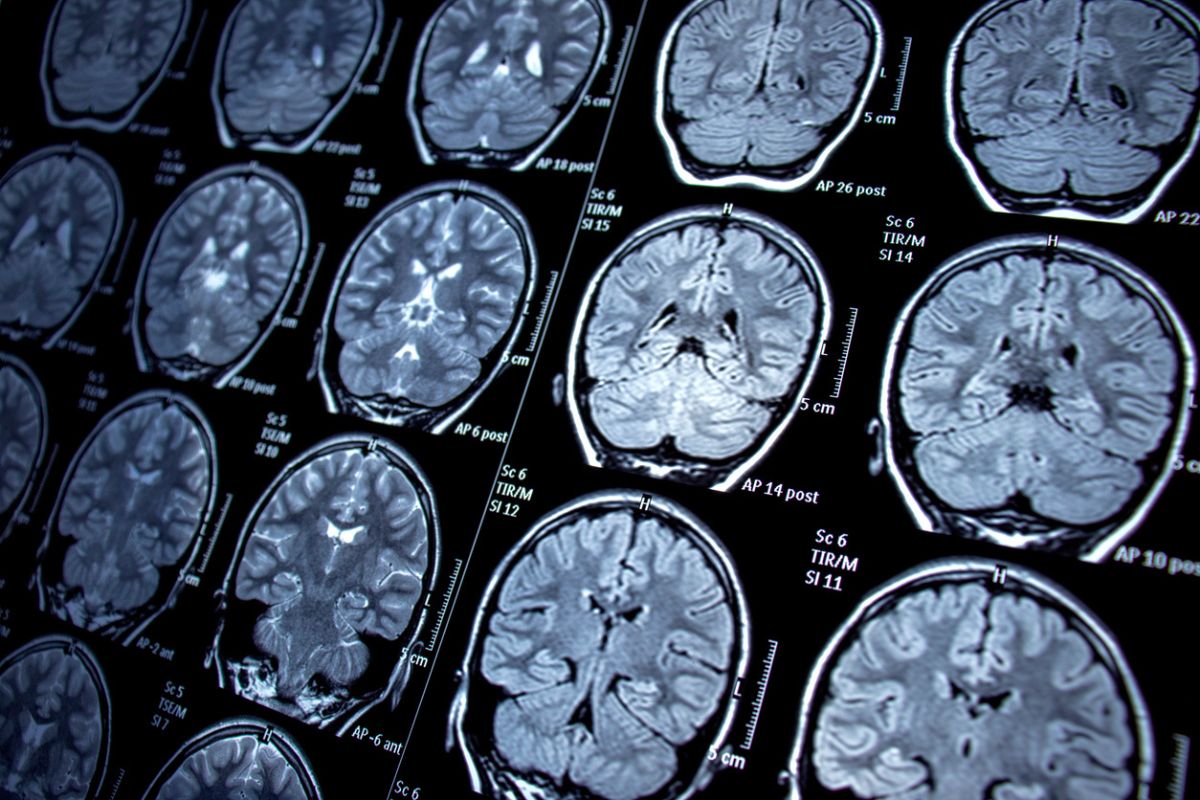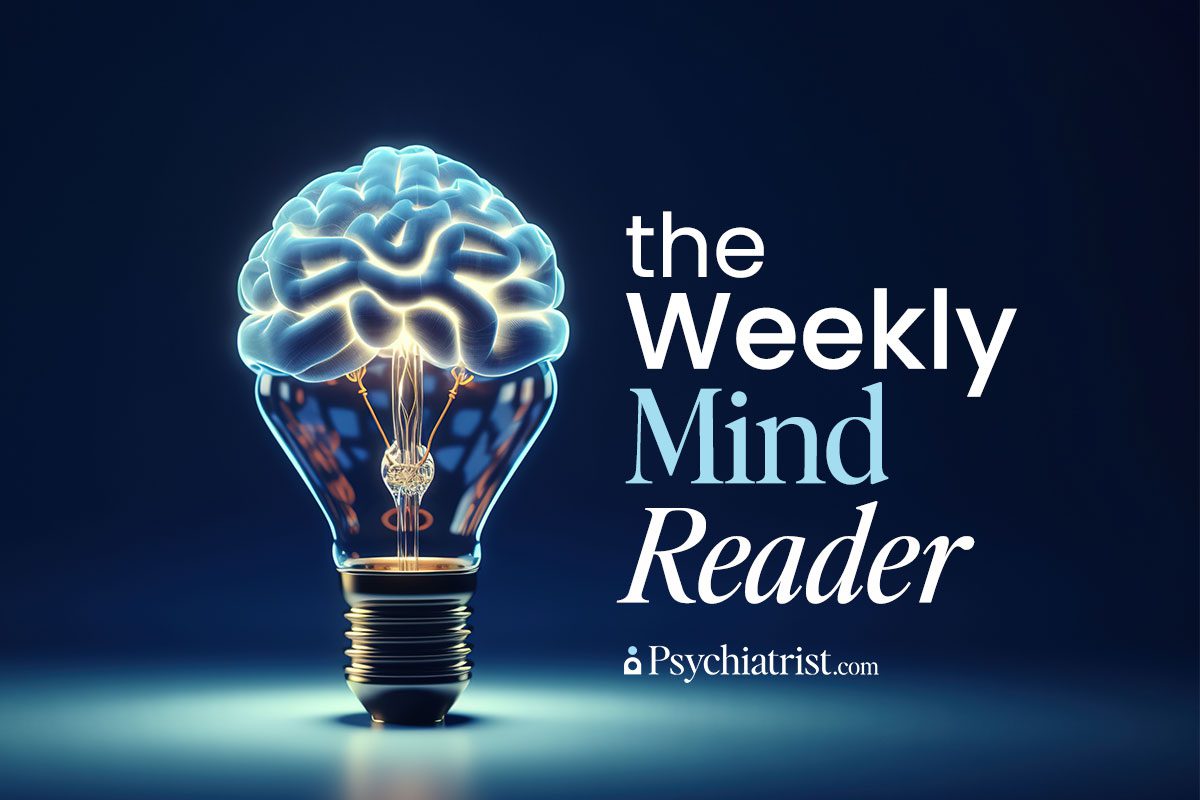It’s hard to imagine a life without emojis, especially for millennials who’ve adopted it as a second language.
What’s more difficult to fathom is how new they still are. Within 20 years, emojis evolved from cobbled-together punctuation marks – emoticons – to the ubiquitous vernacular of the smartphone. More than 90 percent of everyone online uses emojis regularly.
New research, however, suggests this new universal language might not be so all-inclusive after all. Various factors might shape how different people interpret the same emojis differently. Age, culture, gender, and race all appear to play a role in how an individual interprets an emoji.
Different People 👀 the Same Emojis Differently
“What I found most interesting and surprising is that there are so many individual differences in how people interpret these emojis,” study co-author and associate professor, Ruth Filik, PhD, told the Irish News in an interview. “It is important to note that the results reflect how often participants labeled the emoji in the same way as the researchers.”
The researchers found differences based on multiple characteristics, such as:
- Age – The results showed that younger users perceived the emojis more accurately – except for the disgusted and happy faces. This echoed earlier studies that younger adults are better at judging emotions generally, but “that the recognition of disgust is preserved during aging.” Additionally, the researchers determined that older users tend to “focus on the bottom half of the face (nose and mouth), leading to better recognition of disgusted and happy emotions, which could increase the accuracy of older adults and decrease the difference between younger and older individuals.”
- Culture – Results showed a general accuracy advantage for UK users compared to the Chinese participants. The researchers found that they were better at recognizing all emotions except disgust. Notably, even though Chinese users are more familiar with WeChat, the research suggests that those users might not use the emojis on that platform. Interestingly, Chinese internet users tend to use some emojis differently. “For example…they seldom use the happy emoji to express happiness, instead, they use it for negative meanings such as sarcasm.” As a result, the researchers concluded that the Chinese participants might show lower accuracy simply because they use the emoji differently.
- Gender – Finally, the study findings suggest that women enjoy an accuracy advantage when recognizing facial emotions. But it’s not because of any previously suggested “negativity bias.” But there was no difference in identifying the surprised or disgusted emojis.
Study Methodology 🥸
To decipher how users read emojis differently, the team of researchers enlisted a group of 253 Chinese and 270 UK adults. The test group included 51 percent women and 49 percent men, ranging from 18 to 84 years old.
The scientists asked the participants to look at two dozen different emojis picked to represent the six basic emotional states: happy, disgusted, fearful, sad, surprised, and angry. The researchers showed the emojis on four different platforms – Apple, Windows, Android, and WeChat.
But since the study incorporated only six basic emoji types, there might be a disconnect between real emotions and their electronic caricatures.
“For instance, the emoji chosen to represent ‘disgust’ in this study is classified as ‘confounded face’ on Unicode.org, which possibly explains why there was difficulty across all participants in classifying this face,” the authors wrote.
Taking Care in Drawing Conclusions 🤔
The study’s authors say that the findings highlight how important it is for users to consider context when using emojis.
“For instance, the possibility that the ‘smile’ emoji categorized as ‘happy’ in this study is not always used to signify happiness, especially for Chinese participants,” they wrote. “Furthermore, some demographic differences were partially mediated by participants’ familiarity with a particular emoji; future studies should examine individual differences in the interpretation of a wider selection of frequently used emoji both in and out of context.”
Further reading
Boredom, Loneliness, and Smartphone Addiction Among Young Adults
Six-Month Follow-Up of Patients at Risk of Suicide Using Smartphone Data and Clinical Assessment
Smartphone-Based Mental Health Screening in Adolescents and Young Adults



